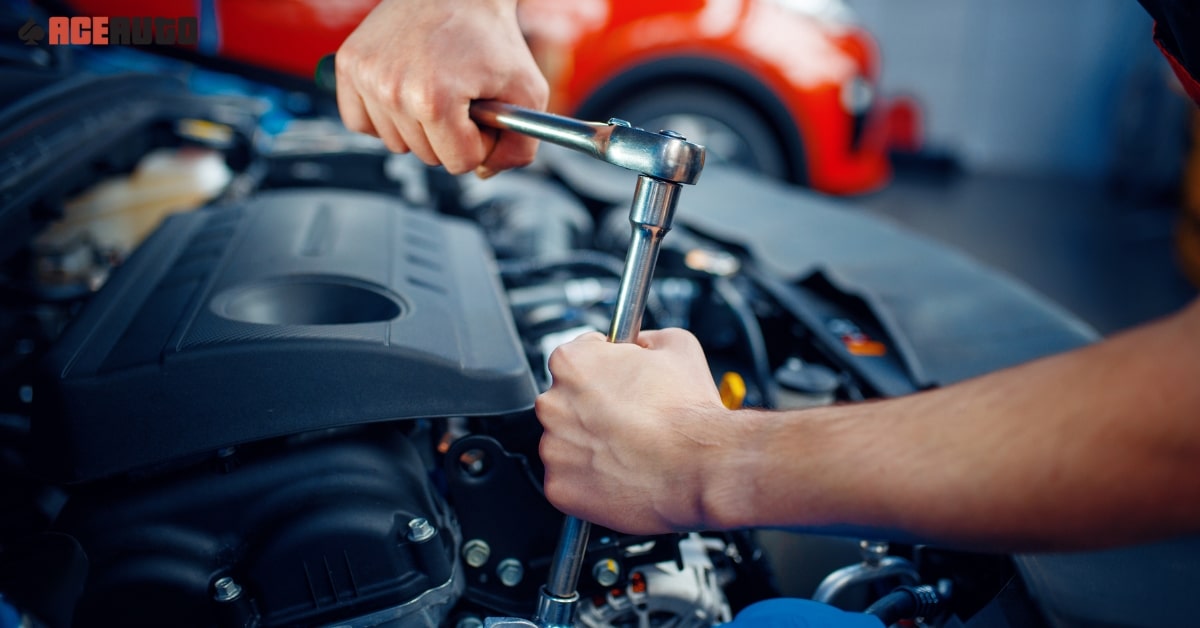All Categories
Featured

The check engine light (CEL) is just one of one of the most crucial warning systems in your auto, yet it frequently creates confusion or worry for several drivers. Recognizing what this light represents and just how to manage it can save you time, cash, and unnecessary anxiety. This overview offers an introduction of what triggers the CEL, its possible ramifications, and the steps you must take when it lights up.
What Does the Inspect Engine Light Indicate? The CEL becomes part of your auto's onboard diagnostics system (OBD), which keeps track of engine efficiency and emissions. It illuminates when the system identifies an issue that requires your focus.
Strong Light: Signals a non-urgent trouble however one that ought to be attended to quickly, such as a sensor malfunction or emissions-related issue. Blinking Light: Shows a critical problem like an engine misfire. Driving in this condition can cause extreme damage, so prompt action is needed. Common Sources Of the Check Engine Light. The CEL can illuminate for a large range of reasons, some minor and others much more severe. Right here are a few of the most frequent reasons:

Loosened or Damaged Gas Cap:
A loosened gas cap can compromise the gas system, triggering the CEL. Monitoring and tightening up the cap is a very easy very first step when the light comes on. Faulty Oxygen Sensing Unit:
This sensor monitors the air-to-fuel ratio in your engine. A malfunction can reduce fuel efficiency and rise exhausts. Malfunctioning Catalytic Converter:
The catalytic converter aids reduce dangerous exhaust emissions. Overlooking other engine issues, like misfires, can bring about catalytic converter damages. Trigger Plug or Ignition Coil Issues:
These parts are crucial for beginning and running your engine efficiently. Normal upkeep can stop wear and failing. Mass Air Flow Sensor Issues:
This sensor gauges the quantity of air getting in the engine to make certain ideal efficiency. A dirty or faulty sensing unit can decrease effectiveness and power. Actions to Take When the Check Engine Light Begins. Inspect the Gas Cap:
If the light transforms off after driving a few miles,Tighten the cap and see. Observe the Car's Actions:
Keep in mind any kind of uncommon signs like harsh idling, decreased power, or unusual sounds. Check the Codes:
Utilize an OBD-II scanner to fetch difficulty codes saved in your automobile's computer system. Lots of car components shops use this service absolutely free. Check Out a Mechanic:

If the light stays on or is flashing, take your automobile to a professional for an in-depth medical diagnosis. Protecting Against Examine Engine Light Issues. Proactive maintenance is the most effective way to avoid CEL problems. Comply with these tips:
Stay With a Routine Maintenance Schedule: Change your oil, replace filters, and check trigger connects in a timely manner. Check the Gas Cap: Replace damaged caps to avoid leakages in the gas system. Usage Quality Gas: Poor-quality fuel can add to sensing unit and emissions concerns. Why Prompt Activity Issues. Neglecting the CEL can lead to more serious troubles, such as engine damages or costly repair work. A small issue like a loose gas cap can grow out of control right into a major expense if disregarded.
Final thought. The check engine light is a crucial tool for preserving your lorry's health. By recognizing its purpose and reacting quickly, you can stay clear of unneeded fixings and keep your vehicle running efficiently. The following time the CEL begins, keep in mind to remain tranquil, check the fundamentals, and speak with an expert if needed.
Latest Posts
A Beginner's Overview to Comprehending Your Cars and truck's Check Engine Light
Published Dec 19, 24
0 min read
A Guide to a Bespoke Area Rug That Matches Your Décor
Published Dec 19, 24
1 min read
Professional Installation for Dependable Efficiency
Published Dec 19, 24
1 min read